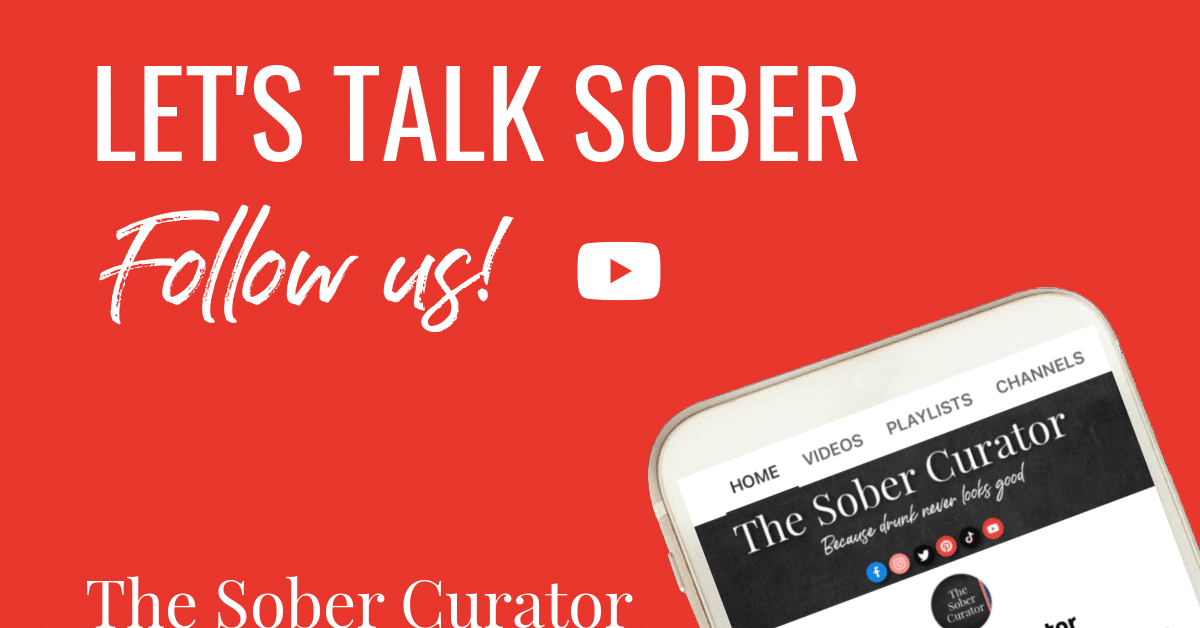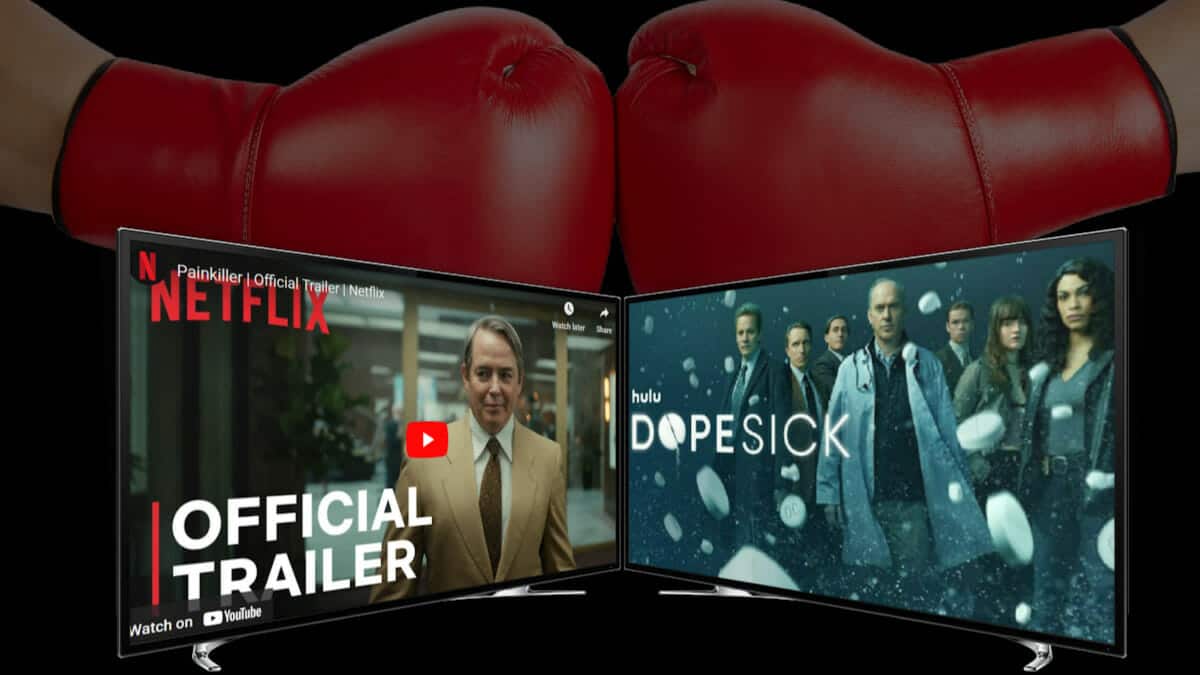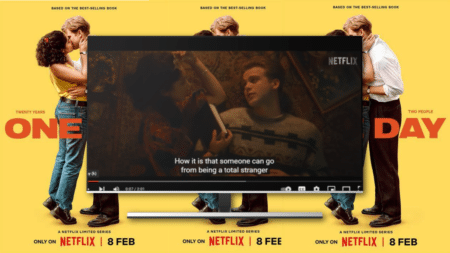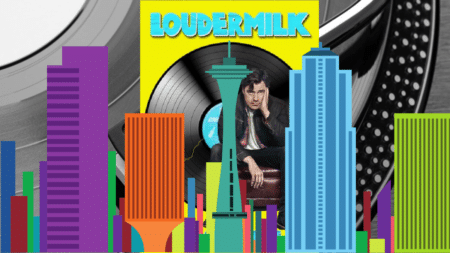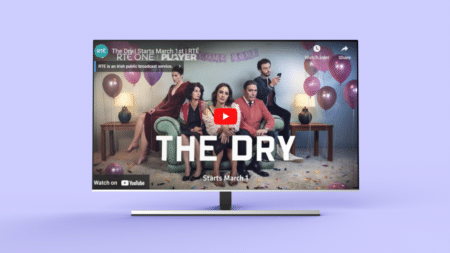Painkiller, a fictionalized telling of real events, explores some of the origins and aftermath of the opioid crisis in America, highlighting the stories of perpetrators, victims, and truth-seekers whose lives are forever altered by the invention of OxyContin.
In an era where storytelling has the power to shed light on critical societal issues, Netflix’s new TV series, “Painkiller,” emerges as a poignant and captivating narrative that delves into the heart of the opioid crisis in America. Seamlessly blending fact and fiction, this show offers viewers an intimate look at the origins and aftermath of one of the most devastating health crises in recent history.
“Painkiller” stands as a remarkable blend of factual events and creative storytelling, weaving together a tapestry that reveals the complex web of circumstances that led to the opioid crisis. This television series masterfully captures the essence of real events while employing fictional elements to enhance the viewer’s emotional connection to the characters and their struggles.
Each of the six episodes starts with a real person, not an actor, sharing that the scenes you are about to see have been dramatized and fictionalized. That person then proceeds to share about the loved one they lost to this horrific epidemic that was (and still is) very much real, not dramatized, and truly heartbreaking.
Exploring the Roots and Impact of the Opioid Crisis
At its core, “Painkiller” is a deeply human story, focusing on the lives of the perpetrators, victims, and truth-seekers who find themselves forever intertwined by the creation of OxyContin. The show takes us on a journey through the intricate web of decisions, motivations, and unintended consequences that ultimately gave rise to a nationwide epidemic. By peeling back the layers of this crisis, “Painkiller” shines a spotlight on the multifaceted nature of addiction and its far-reaching effects on individuals, families, and communities.
Captivating Characters and Their Journeys
The characters in “Painkiller” are the heart and soul of the series, each offering a unique perspective on the opioid crisis. From the pharmaceutical executives driven by ambition and greed to the healthcare professionals who grapple with ethical dilemmas, every role is meticulously crafted to provide a multi-dimensional portrayal of the crisis. The scenes involving the pretty, blonde haired, blued eyed “drug dealers with ponytails” shaking fists full of puffy OxyContin pill shaped stuffies is gut wrenching to watch.
Equally significant are the stories of those directly affected – the victims who succumbed to addiction and the courageous truth-seekers who fought for justice. It doesn’t seem that long ago that I was a young single mom, scoring huge quantities of Oxy thanks to the car accident I had been in and a local doctor giving me unlimited access to refills. Flashbacks like these, prompted by shows like Painkiller and Dopesick, remind me I am very lucky to still be alive.
A Call for Reflection and Action
While watching the gripping narrative of “Painkiller,” starring Matthew Broderick, it becomes impossible to ignore the stark realities that the opioid crisis has brought to the forefront of our society. The show serves as a mirror, reflecting the complexities of a crisis that demands our attention, empathy, and action. “Painkiller” encourages us to confront the harsh truths, question the systems in place, and contemplate the ways in which we can contribute to positive change.
In the wake of this series, the conversations it sparks hold the potential to continue to drive awareness, compassion, and reform. “Painkiller” is not just a television show; it’s a catalyst for transformation and a call to address the profound challenges posed by the opioid crisis. It’s also kind of triggering, at least it was for me. If you are a person in recovery that gets easily triggered, I encourage you to proceed with caution and make sure to phone a friend, post Netflix and chill, to talk about how it made you feel. I experienced feelings of anger, sadness, while also wishfully daydreaming I could get high, just one more time. I haven’t used Oxy in over 17 years, and that is still the pull it has on me all of these years later.
In Conclusion
Netflix’s “Painkiller” is more than just entertainment – it’s a powerful testament to the intertwining forces of human ambition, suffering, and resilience. By artfully blending fact and fiction, this series grants us a window into the past while provoking vital discussions about our present and future. As we embark on this journey with the characters, let us remember that the lessons we learn from “Painkiller” have the potential to shape a brighter tomorrow, free from the grip of the opioid crisis.
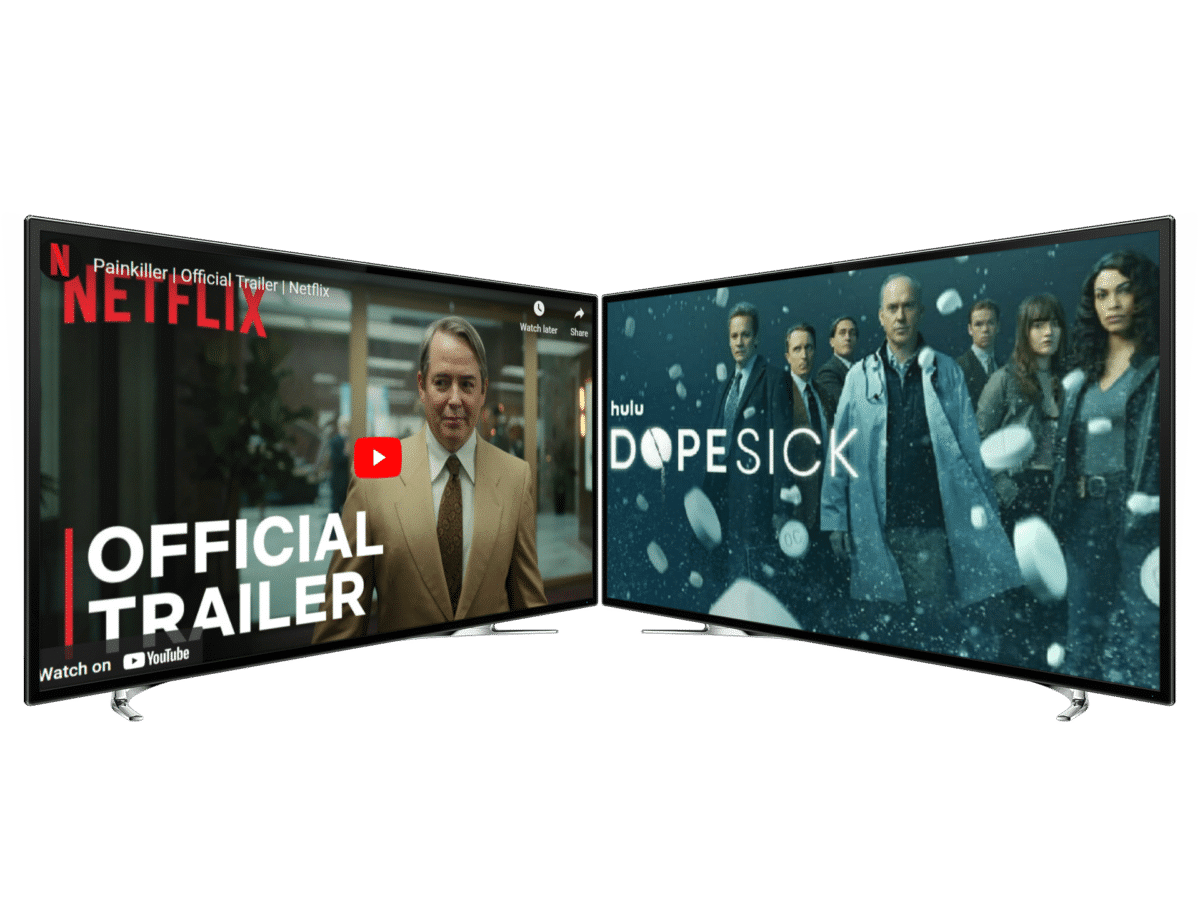
Netflix “Painkiller” vs. Hulu “Dopesick”
The Netflix TV series “Painkiller” and the Hulu TV series “Dopesick” both revolve around the opioid crisis in America, but they approach the topic from slightly different angles and perspectives. Here’s a breakdown of how they differ:
#1 Focus and Approach:
- “Painkiller” (Netflix): “Painkiller” is described as a fictionalized telling of real events, exploring the origins and aftermath of the opioid crisis. It highlights the stories of perpetrators, victims, and truth-seekers whose lives are forever altered by the creation of OxyContin.
- “Dopesick” (Hulu): “Dopesick” is based on the non-fiction book of the same name by Beth Macy. It is a more grounded and factual portrayal of the opioid crisis, focusing on the pharmaceutical industry’s role in the crisis, the medical professionals prescribing the drugs, and the impact on individuals and communities.
#2 Narrative Style:
- “Painkiller”: While based on real events, “Painkiller” employs fictional elements to enhance emotional connections to characters and their experiences. It may take creative liberties to present a more dramatic and engaging narrative.
- “Dopesick”: “Dopesick” is rooted in investigative journalism and non-fiction storytelling. It aims to provide an accurate and comprehensive depiction of the crisis, relying on real stories, data, and accounts.
#3 Character Perspective:
- “Painkiller”: “Painkiller” showcases a variety of perspectives, including those of the pharmaceutical executives, healthcare professionals, addicts, and advocates. It offers a broader view of the opioid crisis and its impact on different individuals.
- “Dopesick”: “Dopesick” primarily centers on the perspectives of medical professionals, patients, families, and communities affected by the crisis. It closely examines the role of pharmaceutical companies in promoting and profiting from opioid medications.
#4 Source Material:
- “Painkiller”: “Painkiller” appears to draw inspiration from real events and individuals involved in the opioid crisis, but it may also incorporate fictionalized elements to create a compelling narrative.
- “Dopesick”: “Dopesick” is adapted directly from the non-fiction book “Dopesick: Dealers, Doctors, and the Drug Company that Addicted America” by Beth Macy. The series aims to remain faithful to the factual information presented in the book.
In summary, while both “Painkiller” and “Dopesick” explore the opioid crisis, they differ in terms of their narrative style, focus, and sources of inspiration. “Painkiller” leans towards fictional storytelling while drawing from real events, while “Dopesick” is a more factual and non-fictional examination of the crisis based on investigative journalism. Both series contribute to a better understanding of the devastating impact of the opioid epidemic on individuals and society.
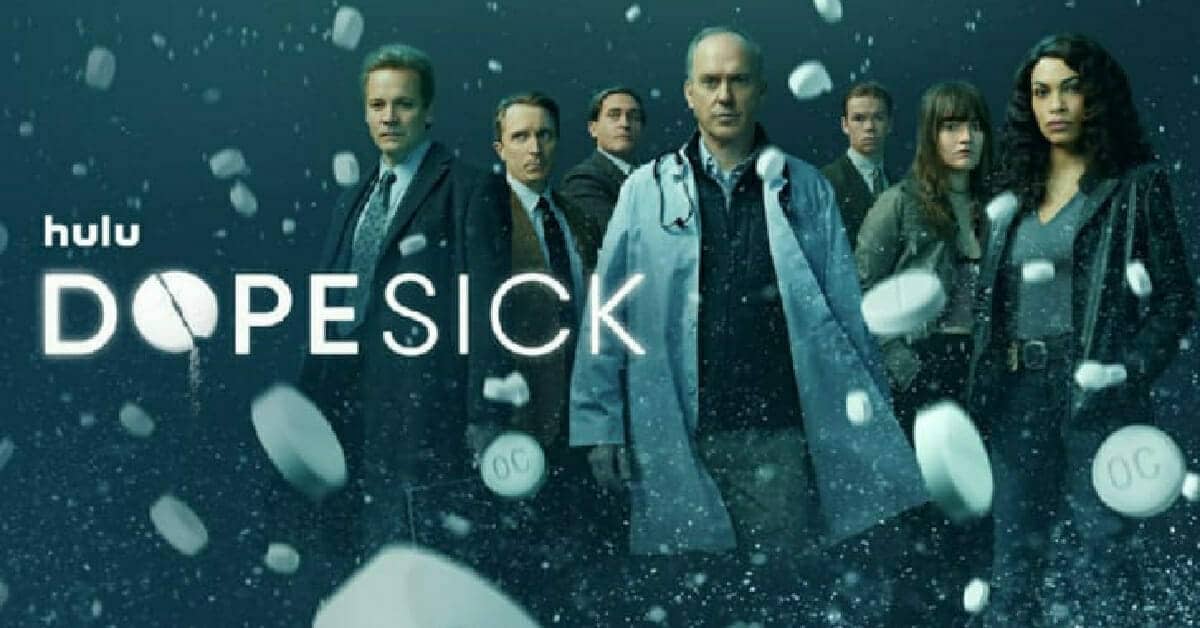
THE MINDFUL BINGE: Dopesick – A (Mostly) True Story of the Start of the Opioid Addiction Crisis in the United States
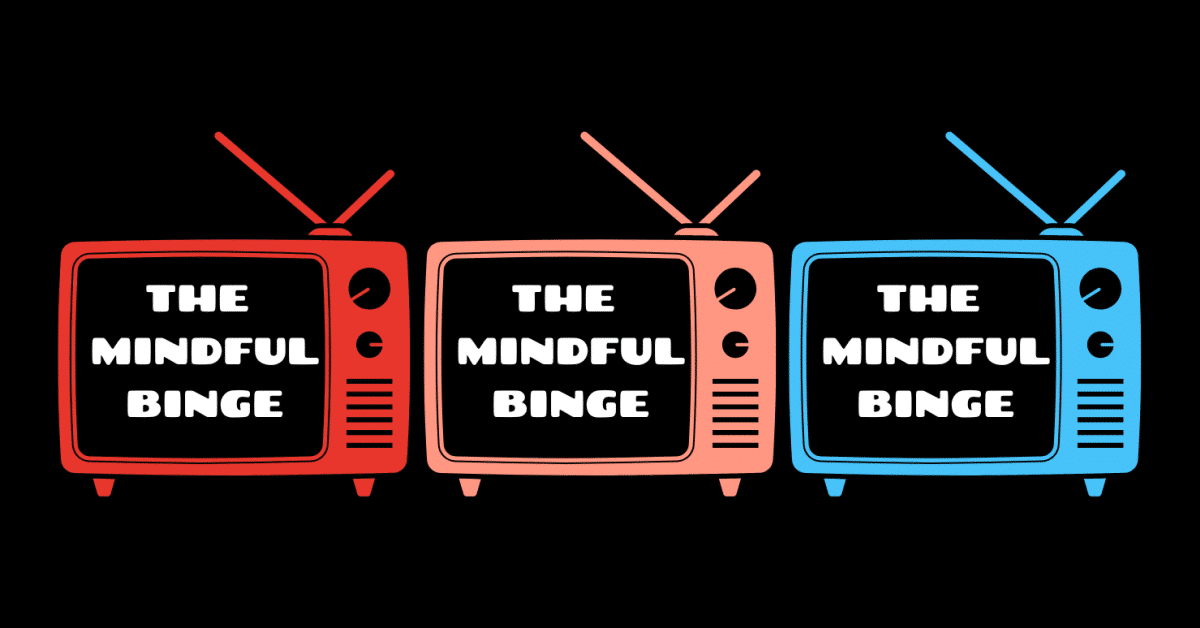
THE MINDFUL BINGE: It’s ok to indulge in a good TV series binge occasionally, as long as you do so mindfully. This section of the site explores TV series that feature addiction, recovery, and mental illness as one of the main storylines.
Are movies more your thing? We get it. Sometimes, you need to escape for 2 hours without the commitment of an entire TV series. MOVIE NIGHT WITH THE SOBER CURATOR has your back!
If you need ideas on what to sip on while you get in that screen time, check out our HAPPY EVERY HOUR section for a complete curated list of non-alcoholic beverage options.

Resources Are Available
If you or someone you know is experiencing difficulties surrounding alcoholism, addiction, or mental illness, please reach out and ask for help. People everywhere can and want to help; you just have to know where to look. And continue to look until you find what works for you. Click here for a list of regional and national resources.
Resources Are Available
If you or someone you know is experiencing difficulties surrounding alcoholism, addiction, or mental illness, please reach out and ask for help. People everywhere can and want to help; you just have to know where to look. And continue to look until you find what works for you. Click here for a list of regional and national resources.
